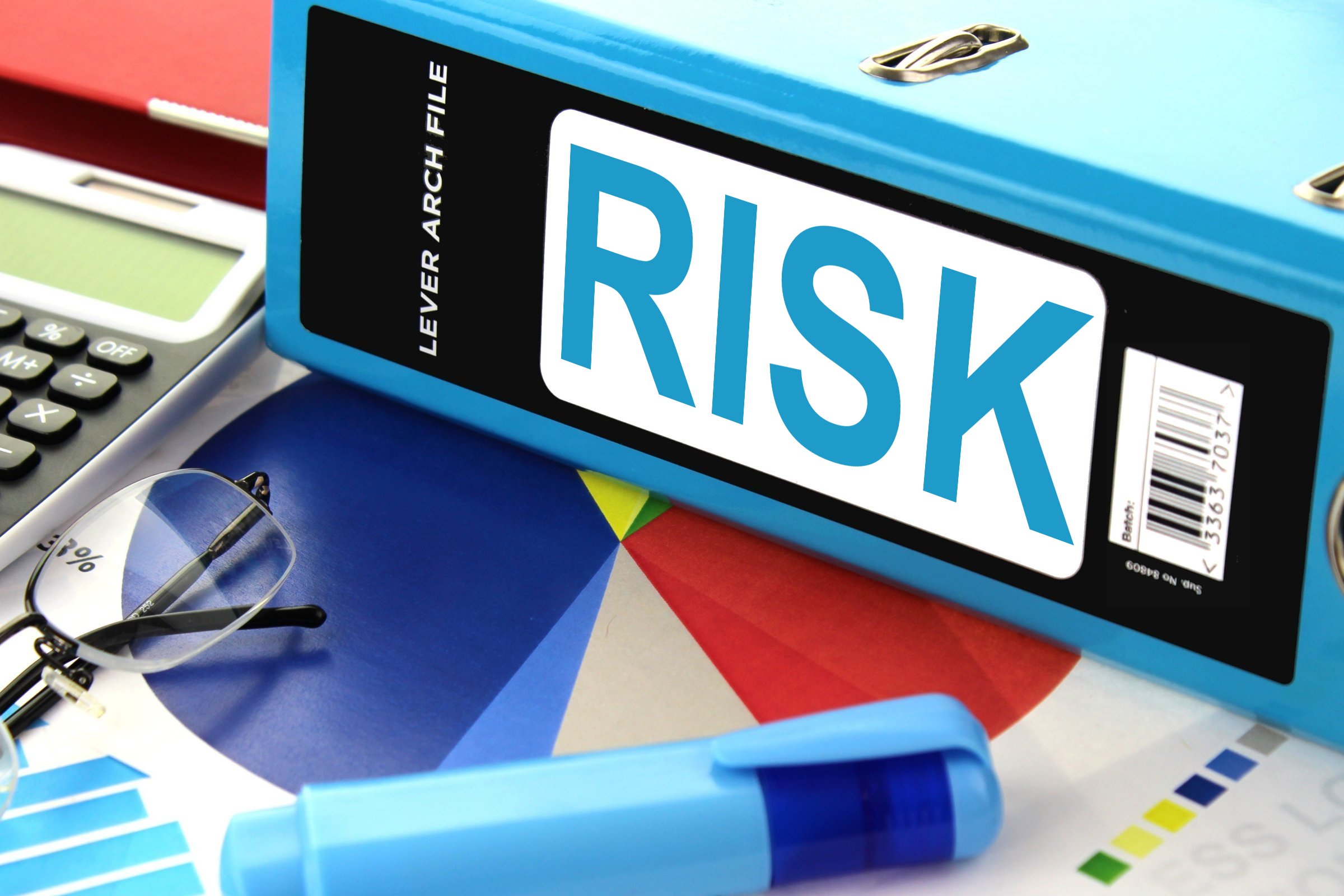
12 Feb The Benefits Of Demonstrating Effective Risk Management In Your Bid Writing
Effective risk management is an essential part of communicating to your potential buyer that you’ve not only understood the project being bid on, but also anticipated and prepared for any possible issues that may arise when delivering their contract.
This will help you prove that you are capable of managing risks effectively, thereby significantly boosting your chances of bid success while ensuring you have plans in place to mitigate any problems that develop while carrying out the work.
And while many businesses tend to regard risk management as a last-minute box-ticking exercise, integrating it strategically within the bid writing process can give you a powerful differentiator that elevates you above the competition.
That’s why, in this article, we will explore how you can boost the effectiveness of your bid writing by outlining the risk management techniques that you employ in your work.
Identifying Risks Early: The Importance Of Preparing In Advance
Before you even begin to craft the narrative of your bid, it’s crucial to adopt a proactive approach to risk identification.
You should meticulously examine every aspect of the project being bid on to uncover any vulnerabilities, because by preparing for likely issues in advance, you can prevent your business from encountering difficulties while delivering the work, and safeguard against receiving damage to your professional reputation.
Start by thoroughly dissecting the Invitation to Tender (ITT). What are the key deliverables, timelines, and dependencies? What are the stated (and implied) challenges? The more thoroughly you scrutinise the requirements, the more apparent the potential risks will become.
Consider the following categories of risk:
- Project Delays: Are the timelines realistic? Are there external factors that could impact progress, such as planning permissions or unforeseen site conditions? Have you accounted for potential delays due to weather, resource availability, or approval processes?
- Supply Chain Issues: Are your suppliers reliable? Are there any geopolitical or economic factors that could disrupt the supply of materials or services? Do you have alternative suppliers in place in case of unforeseen circumstances?
- Financial Uncertainties: Have you accurately costed the project, while accounting for inflation, currency fluctuations, and potential cost overruns? Are you financially stable enough to withstand any unexpected increases in expenditure? Do you have appropriate insurance coverage in place?
- Technical Risks: Is the technology you plan to use tried and tested, or is it cutting-edge but potentially unreliable? And do you have the necessary expertise and resources to implement the technical solutions effectively?
- Regulatory And Legal Risks: Are there any relevant laws, regulations, or compliance requirements that could impact the project? Have you conducted thorough due diligence to ensure compliance?
- Environmental Risks: Is the project likely to affect the environment? If so, have you taken adequate steps to minimise the impact and comply with environmental regulations?
Once you’ve identified these potential risks, it’s important to evaluate their likelihood and potential impact. This can be done using a simple risk matrix, which ranks risks based on probability and severity.
Prioritising like this will allow you to focus your mitigation efforts on the most critical areas.
Risk Mitigation Plans
Identifying risks is only the first step. The real challenge is demonstrating how you intend to mitigate these risks, while providing the buyer with assurance that you’re prepared for the unexpected.
Mitigation plans should be specific, realistic, and measurable. Avoid vagueness and empty promises; instead, focus on the concrete actions you will take to minimise the likelihood or impact of each identified risk.
For example, if you’ve identified a risk of project delays due to potential supply chain disruptions, your mitigation plan might include:
- Securing Backup Suppliers: Identify at least two alternative suppliers for critical materials, ensuring they meet your quality standards and have sufficient capacity.
- Holding Buffer Stock: Maintain a buffer stock of essential materials to mitigate the impact of short-term supply disruptions.
- Close Monitoring Of The Supply Chain: Implement a system to monitor the performance of your suppliers and proactively identify potential issues.
For financial risks, your mitigation plan might include:
- Contingency Budgets: Allocate a specific contingency fund to cover unforeseen expenses.
- Hedging Currency Risks: Employ hedging strategies to protect against fluctuations in exchange rates.
- Secure Contractual Agreements: Negotiate favourable payment terms with suppliers to minimise your financial exposure.
When presenting your mitigation plans, be clear and concise. Using visual aids – such as diagrams, flowcharts, or tables – can help to illustrate your strategies while being efficient with your word count.
Boosting Buyer Confidence: The Power Of Proactive Risk Management
By proactively addressing potential risks in your bid, you demonstrate that you’re not only aware of the challenges involved, but also have a plan to overcome them. This will give your buyer confidence in your ability to deliver the project successfully, even when faced with challenges.
In fact, including a well-articulated risk management section can be the difference between winning and losing a bid, as it showcases a variety of skills that are required to successfully meet the challenges of a contract.
These include:
- Professionalism: Effective risk management demonstrates that you’ve taken a systematic and thorough approach to the project.
- Preparedness: Effective risk management shows that you’re not caught off guard by potential problems.
- Responsibility: Effective risk management indicates that you’re committed to minimising risks and protecting the buyer’s interests.
In short, demonstrating that your business can successfully anticipate, prevent, and manage risks can give you a critical strategic advantage over your competition that increases your chances of winning the work being bid on.
Want us to use risk management and other techniques to boost your business? Contact our expert team!
